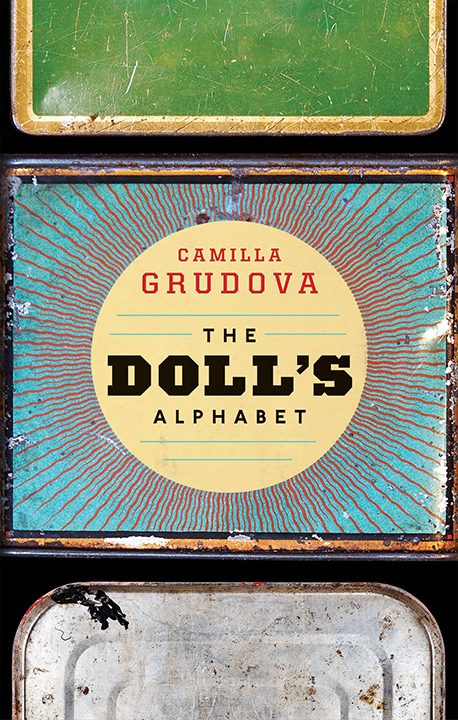
THE DOLL’S ALPHABET
Dolls, sewing machines, tinned foods, mirrors, malfunctioning bodies—by constantly reinventing ways to engage with her obsessions and motifs, Camilla Grudova has built a universe that’s highly imaginative, incredibly original, and absolutely discomfiting. The stories in The Doll’s Alphabet are by turns childlike and naive, grotesque and very dark: the marriage of Margaret Atwood and Angela Carter.
Dolls, sewing machines, tinned foods, mirrors, malfunctioning bodies—by constantly reinventing ways to engage with her obsessions and motifs, Camilla Grudova has built a universe that’s highly imaginative, incredibly original, and absolutely discomfiting. The stories in The Doll’s Alphabet are by turns childlike and naive, grotesque and very dark: the marriage of Margaret Atwood and Angela Carter.
- Coffeehouse Press
- Paperback
- October 2017
- 192 Pages
- 9781566894906
About Camilla Grudova
Camilla Grudova lives in Toronto. She holds a degree in Art History and German from McGill University, Montreal. Her fiction has appeared in The White Review and Granta.
Praise
“If fairytales could dream, this nightmarish collection is what you might end up with…Grudova very efficiently spins us into her weird web.”—Times Literary Supplement
“A canny collage artist with an eye for the comically macabre, Grudova scavenges her images from Victorian and Edwardian aesthetics. Against this background, her ironies and insights about the inequalities in relationships between men and women feel startlingly current.”—Publishers Weekly
“That I cannot say what all these stories are about is a testament to their worth. They have been haunting me for days now. They have their own, highly distinct flavour, and the inevitability of uncomfortable dreams.”—The Guardian
Discussion Questions
1. Many of the stories in The Doll’s Alphabet are set in uncertain time periods—they could be set in a version of the present day, the early twentieth century, a more general past, or a version of the future. What do these uncertain settings achieve? How does displacing readers in time change the way they experience the story?
2. Gender roles play a big part in these stories, particularly in “Waxy.” Do the confines of how men and women operate and relate to each other in The Doll’s Alphabet offer ways for you to think about gender dynamics in the world we live in? How so?
3. Many stories in The Doll’s Alphabet feature strong elements of dystopian fiction. Could these stories imagine a possible future, or perhaps an alternative past? Do they gesture toward a moral or a possible cause of their dystopian reality?
4. What do you make of the shortest story in the collection, the title story, “The Doll’s Alphabet”?
5. The Doll’s Alphabet has much in common with fairy tales and Franz Kafka, both in its oddness and its sly comedy. In such precarious circumstances, what role does a sense of humor play?
